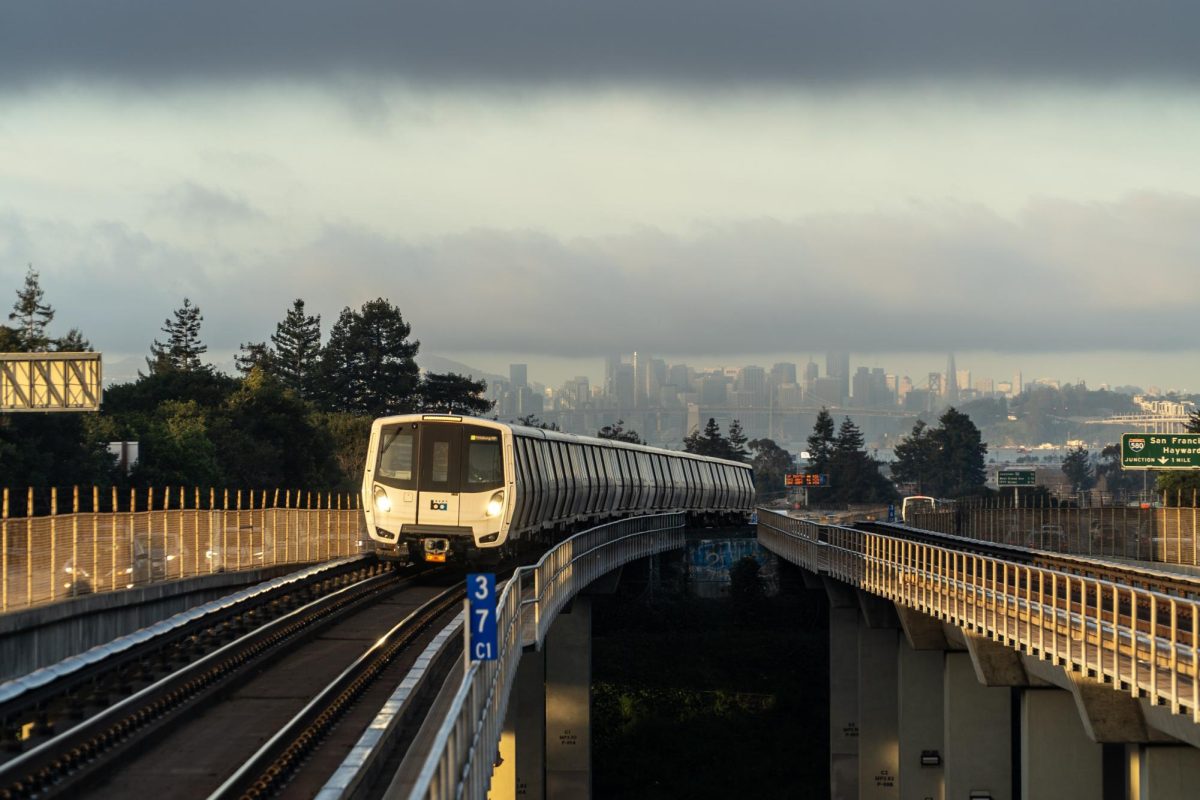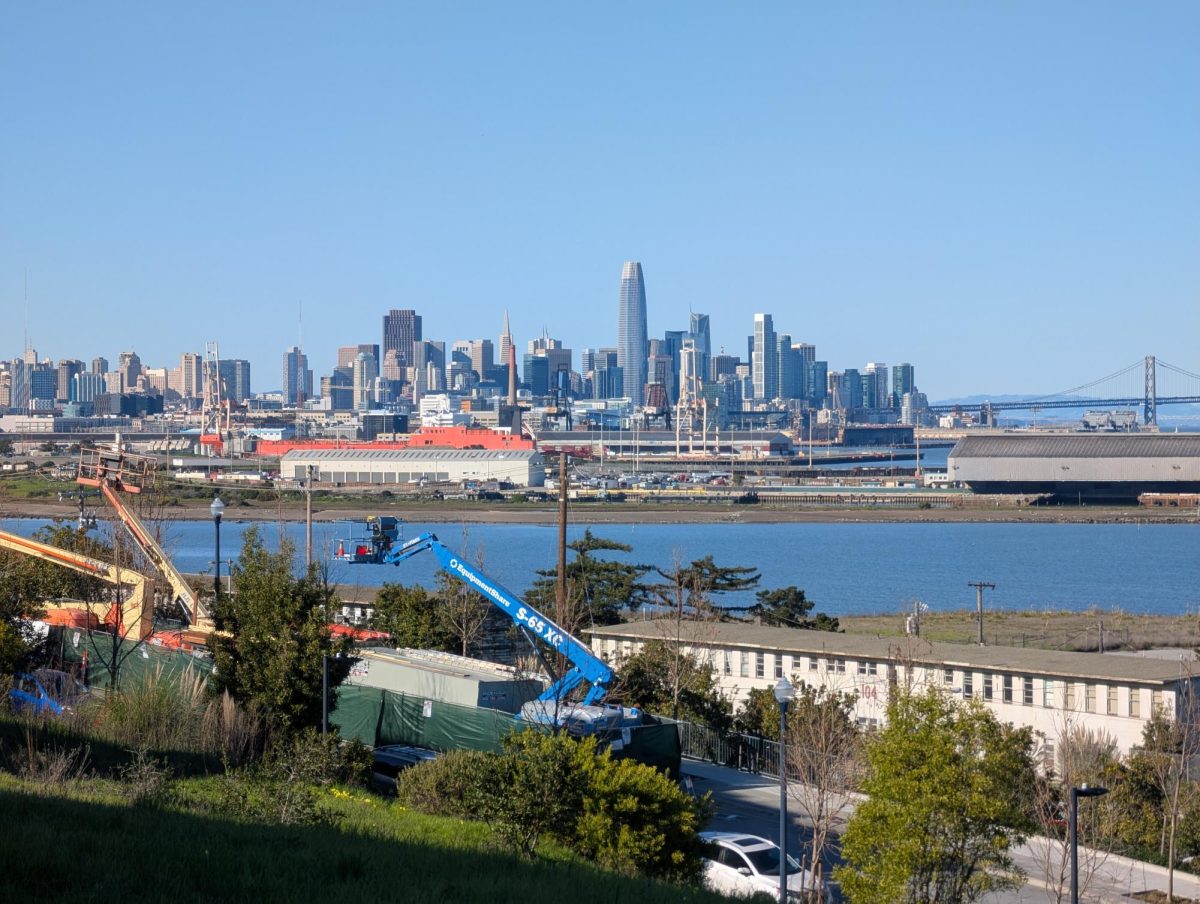During last year’s big wildfire, I received a lot of scrutiny from friends and relatives since I have asthma. Having a difficult time breathing on a regular day, people were worried to see that I wasn’t wearing a mask or some form of protection from the smoke. I explained that wearing the N95 was uncomfortable and suffocating for me, often causing me to hyperventilate if I wore it for too long. I have seen plenty of people wearing N95s comfortably, but for someone like me with standing respiratory issues, the mask only made breathing more painful.
Whether someone has a respiratory condition or not, the safest step is to contact your healthcare provider to ensure that any mask you choose will be a safe choice.
California’s annual wildfire season has arrived and nearly 158,000 acres of land already burned according to the California Department of Forestry and Fire Protection. In September alone, nearly 98,000 acres caught on fire.
The National Significant Wildland Fire Potential Outlook’s September issue, shows reports of above-normal fire potential in Northern California. Areas of lower elevation have the potential to demonstrate extreme fire behavior with rapid spread rates. Fuels like wind and dry underbrush are expected to create warmer conditions for September through December.
Residents can expect an air quality index similar to two of northern California’s most destructive fires, the Camp Fire in Paradise and the Tubbs Fire of Sonoma and Napa County.
When AirNow, a website that monitors how polluted or clean the outdoor air is, reaches ‘very unhealthy’ levels, San Francisco residents often reach for N95 respirators, which are designed to filter out at least 95% of harmful airborne particles like dust and soot.
The Food and Drug Administration states that respirators can be very effective for air filtration, however, only if tested to fit properly to the face. Even though there are FDA regulated respirators for the general public, it emphasized that these are single-use products that aren’t recommended for use in the general public. They are not to be used on children or people with facial hair.
“They only really work when they’re sort of uncomfortable, the mask gets hot and sweaty and that’s something a lot of people don’t want to keep on all the time,” said Ralph Borrmann, an information officer at the Bay Area Air Quality Management District. “Generally we want to steer people away from the false sense of security a makes gives you, the best thing someone can do is stay indoors or get out of the area.”
Residents don’t always have the option to leave the Bay Area or stay inside all day. Often having the N95 respirators is the only practical solution.
“We issued thousands of N95 voluntary use dust mask,” said Marc Majewski the Director of Environmental Health and Occupational Safety at SF State. “There are few things you can do. It’s one of the only things you can do. It’s recommended by all the agencies.”
Cal/OSHA’s Control of Harmful Exposure standard requires employers to provide respiratory protection and equipment, once they determined if respirator use is voluntary or required.
















My ESA Doctor • Oct 5, 2019 at 2:12 am
It clearly states on the FDA website
People with chronic respiratory, cardiac, or other medical condition that make breathing difficult should check with their healthcare provider before using an N95 respirator because the N95 respirator can make it more difficult for the wearer to breathe.